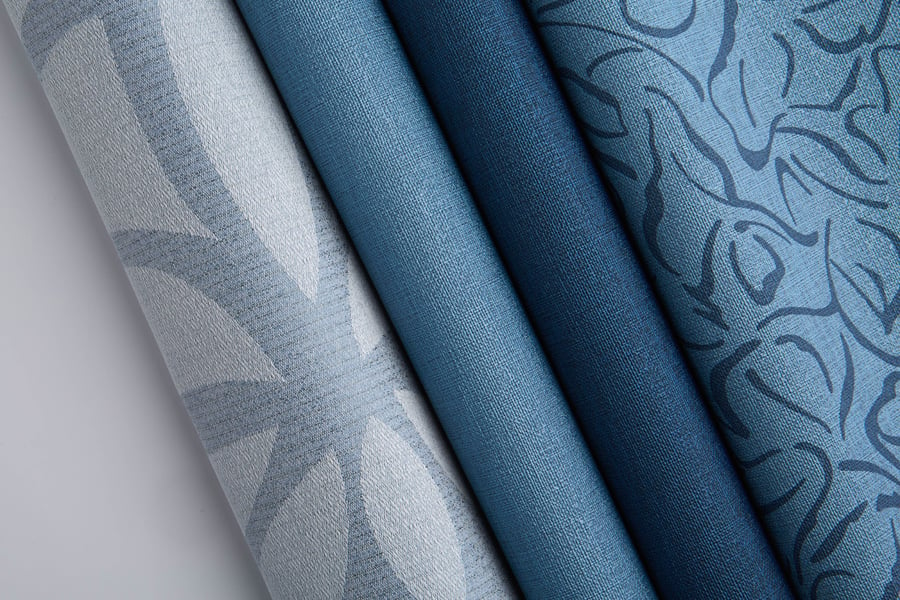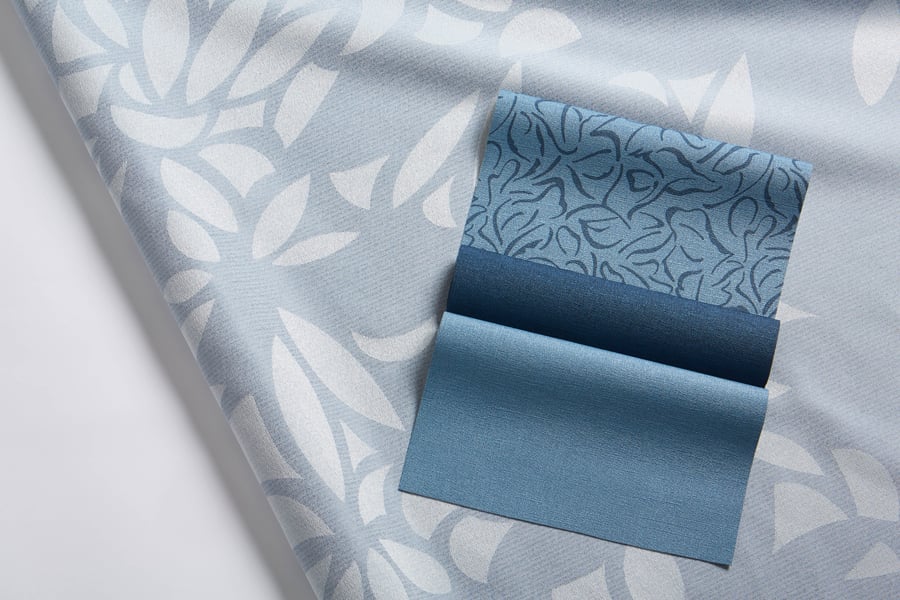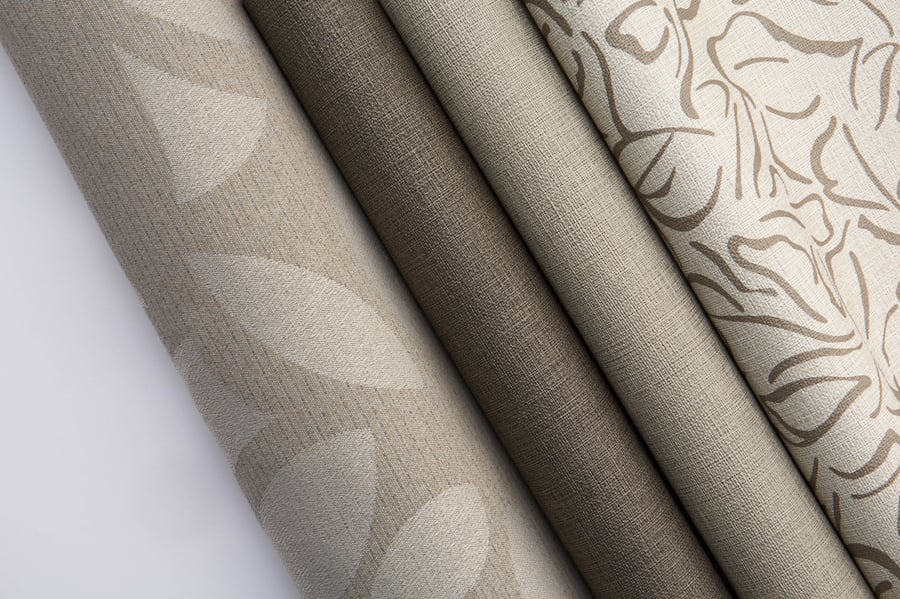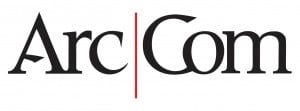
October 13, 2020
A New Line of Textiles Seek to Make Hospitals Healthier
With increased cleanability and silver ion anti-microbial technology, Ensemble from Arc-Com supports healthier hospitals initiative.
Sponsored by:

“Human health and safety concerns have already started to alter the way we utilize and move through space,” says Amanda Eaton, vice-president of design at US textile innovator Arc-Com. “The current pandemic has forced us all to change our methodologies—the way we shop, the way we travel, the way we work, the way we educate our children, the way we spend time with our families.” Those changes, she explains, also affect designers, who must modify how they work and the materials they use.
Eaton is well-placed to comment, with her design team responsible for providing high-performing fabrics and wallcoverings to medical institutions around the world. The latest range released by the company—named Ensemble and launching in September—is particularly targeted at the healthcare industry and has been developed specifically to make the spaces where we receive medical care cleaner and safer than ever before.

The products specifically target healthcare-acquired infections (HAIs), which, before the pandemic, were the fourth leading cause of death behind cancer, heart disease, and strokes. In a study published in March it was discovered that one in seven COVID-19 patients develop a secondary infection while hospitalized.“The financial and human cost associated with HAIs is staggering,” explains Eaton. “One in every 10 patients that acquires a HAI dies due to secondary infection. Each year, 72,000 deaths are attributed to these infections. The cost to the healthcare industry is estimated to be between $28-45 billion per year and insurance companies will no longer reimburse hospitals for HAIs that they deem preventable.”
When they first began researching this issue more than a decade ago, Arc-Com researchers discovered that privacy curtains surrounding hospital beds do not get cleaned and disinfected at the same rate as other surfaces such as hard surfaces or seating products, making privacy curtains a likely culprit in the spread of disease.

In response, the company developed a new anti-microbial technology called X-STATIC®, which is featured in Ensemble’s signature hospital privacy curtain product. The presence of fiber that is entirely encapsulated in silver and woven into in the fabric creates an ionic shield that permanently inhibits the growth of bacteria and fungi. As it is permanently bonded to the outside of the fiber, it does not wash or wear off, as a coating would, and its impact does not diminish over time.
Arc-Com research has found that there is a 99.99 percent reduction of microbes on Arc-Com privacy curtains compared to ones that don’t use the technology. Eaton says: “Our aim is always to provide products that can be integrated into existing hygiene programs, and because the X-STATIC® technology is continuously functioning to reduce microbes, no behavior modification by staff or patients is required.”

Excitingly for Arc-Com, a new piece of laboratory research, conducted as a result of the outbreak of COVID-19, tested privacy curtains with X-STATIC® technology against viruses. The results were striking.
“The data shows a significant reduction in viral viability on our products,” Eaton reveals. “This is incredible news in light of current conditions, and we are so excited to share this with our clients.”
The findings have inspired Arc-Com to explore how the X-STATIC® technology might be integrated into new product types and sectors. “In this current climate, infection prevention has become a much more important consideration for our hospitality, education, and corporate clients,” says Eaton. “We are excited to explore the possibilities of providing products appropriate for these markets as well.”
The challenge for designers, she explains, is to integrate high performance materials into interior spaces that maintain a sense of beauty and normalcy. “Our goal for future products will be innovative material development to address emerging performance needs, with zero sacrifice in aesthetics. We know it can be done,” she says.






